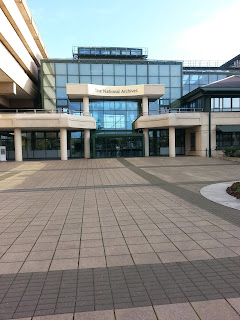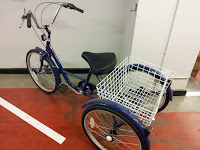This year marks the 150th anniversary of Lewis
Caroll’s children’s book Alice’s
Adventures in Wonderland. There have been numerous events throughout the year marking the occasion, and last week saw the launch of the Alice in Wonderland exhibition at the British Library
The imagination of generations of adults and children alike have been captivated by Alice’s adventures down the rabbit hole to a fantasy world populated by weird and wonderful creatures, such as the Mock Turtle and the Gryphon, the Mad Hatter and the March Hare, and who could forget the menacing Queen of Hearts whose catchphrase “off with her head” echoes in memories of childhoods past. The popularity of the book can be seen in the many adaptations created over the years.
The imagination of generations of adults and children alike have been captivated by Alice’s adventures down the rabbit hole to a fantasy world populated by weird and wonderful creatures, such as the Mock Turtle and the Gryphon, the Mad Hatter and the March Hare, and who could forget the menacing Queen of Hearts whose catchphrase “off with her head” echoes in memories of childhoods past. The popularity of the book can be seen in the many adaptations created over the years.
 |
| Wildridge’s interpretation of Alice, The Hatter and The
March Hare [C DML/2/1] |
Thomas Tindall Wildridge (1858-1928), was a records clerk, antiquarian,
author, and an artist. He often included sketches in his own publications and a
number of his paintings are held in the Hull Museum’s collections. Inspired by
the works of Lewis Carroll, Wildridge created “a unique collection of original
oil paintings, water colours, pen and ink and other drawings” for an exhibition
that formed part of the Lewis Carroll Pageant. The packet of six postcards were
published at the exhibition and could be purchased at the time for sixpence.
 |
| Wildridge’s interpretation of characters from Carroll’s Alice’s Adventures in Wonderland [C DML/2/1] |
The postcards have now been catalogued and form part of a small collection relating to Thomas Tindall Wildridge. The collection includes two letters from Wildridge to Dr. Wilson-Barkworth regarding the Hull Grammar School, and a number of prints of sketches by Wildridge. The collection is held at reference C DML and can be viewed in the archives searchroom at the History Centre.
Laura
Hull History Centre








